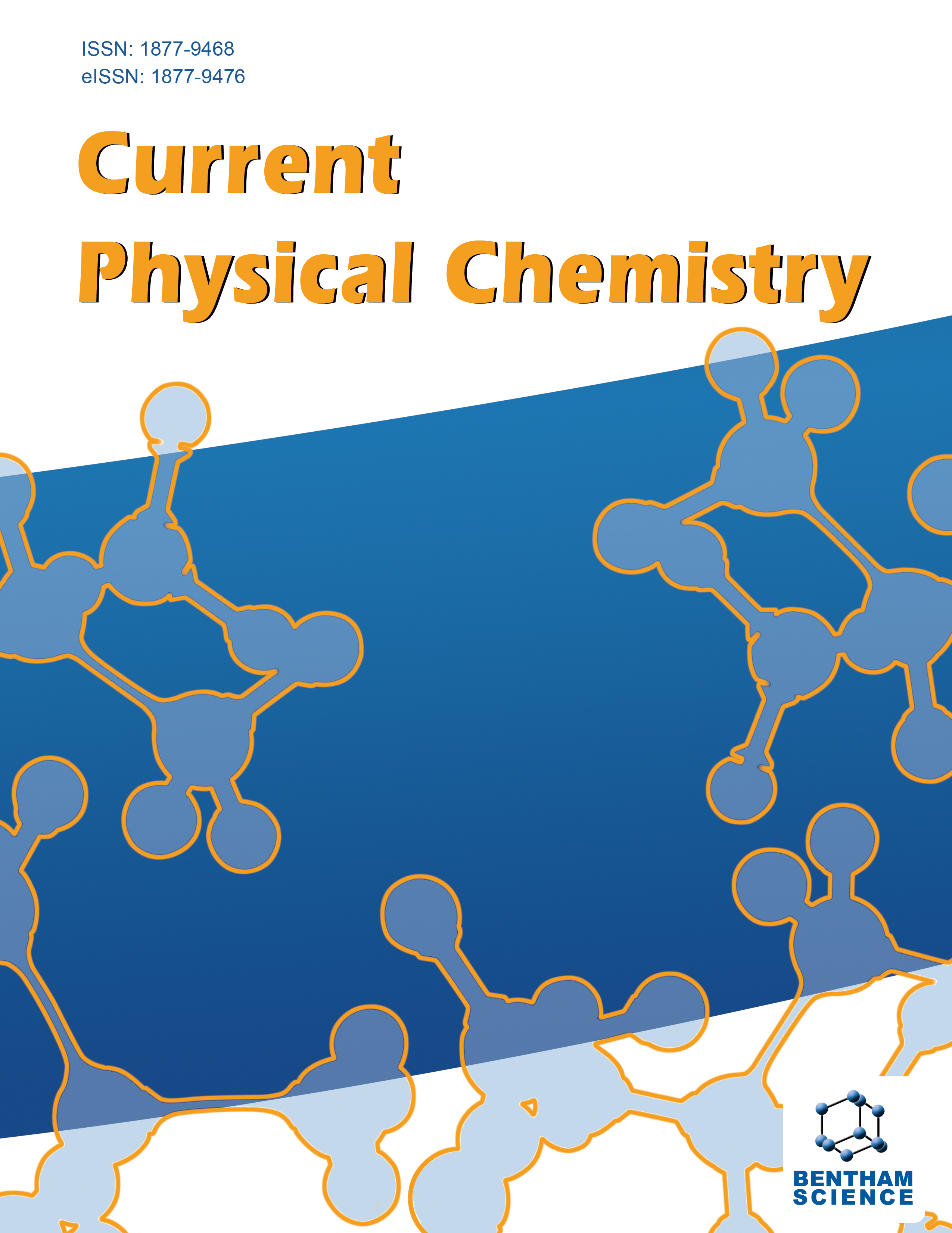-
s Relationship between Viscosity and Micellization of Fused Chelates of Thiazine Drugs in Different Chemical Compositions
- Source: Current Physical Chemistry, Volume 9, Issue 3, Dec 2019, p. 232 - 246
-
- 01 Dec 2019
Abstract
Background: Phenothiazines and Triphenodithiazines are included in the class of nitrogen and sulphur donating ligands. They have a wide spectrum of biological activities and form important class of heterocyclic compounds. Both drugs are being used as, antitumors, anti-inflammatory, antiviral, anaesthetics, anticancer agents, antimalarials, antimicrobials, anti-cholinergics, growth inhibitors, and many other pharmacological agents. Objective: Present work has been initiated with a view to obtain a profile regarding structural insight of complexes of Cobalt (II), Ni (II) and Zinc (II) soaps derived from substituted phenothiazines 15 and triphenodithiazines using latest technique. It also gives an account of micelle formation in the mixed non aqueous solvents. Methods: The viscosity, specific viscosity, and fluidity of complexes of Co, Ni, and Zn Oleate with substituted phenothiazine and triphenodithiazine in methanol + benzene solvents was determined at a constant temperature of 303.15 K to study the micellar features and critical micelle concentration (CMC). In the present work benzene+ methanol have selected as co solvents due to these interact with complex molecules and thus affected aggregation of complex molecules. Results: The results were used to determine the CMC, soap complex-solvent interactions and the effect of chain length of the surfactant molecule on various parameters. The conclusions concerning solute-solute and solute-solvent interaction were discussed regarding the well-known Moulik’s and Jones-Dole equations. Conclusion: From above results it may be concluded that the micelle formation take place earlier in the case of triphenodithiazine complexes due to larger molecular structure, so a smaller number of molecules are needed to form micelle. Micellization also confirms the existence of complex aggregation in the non-aqueous mixed solvents. To conclude, it can be unveiled on the basis of the result acquired that above study of complexes conforms the presence of complex aggregation in the non - aqueous mixed solvents.


